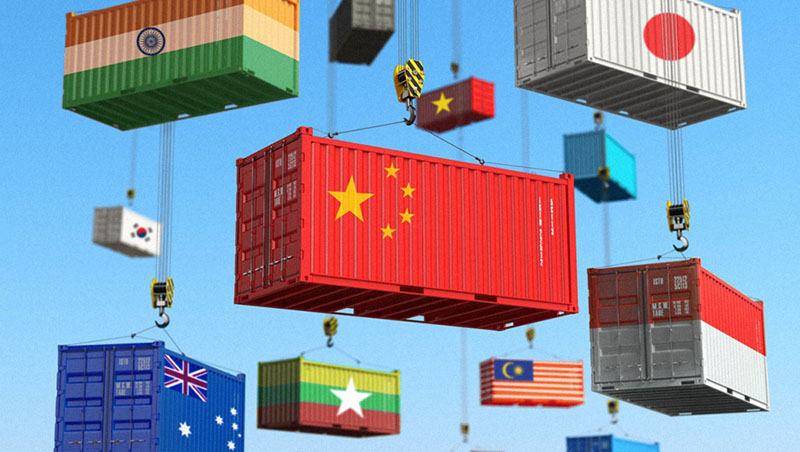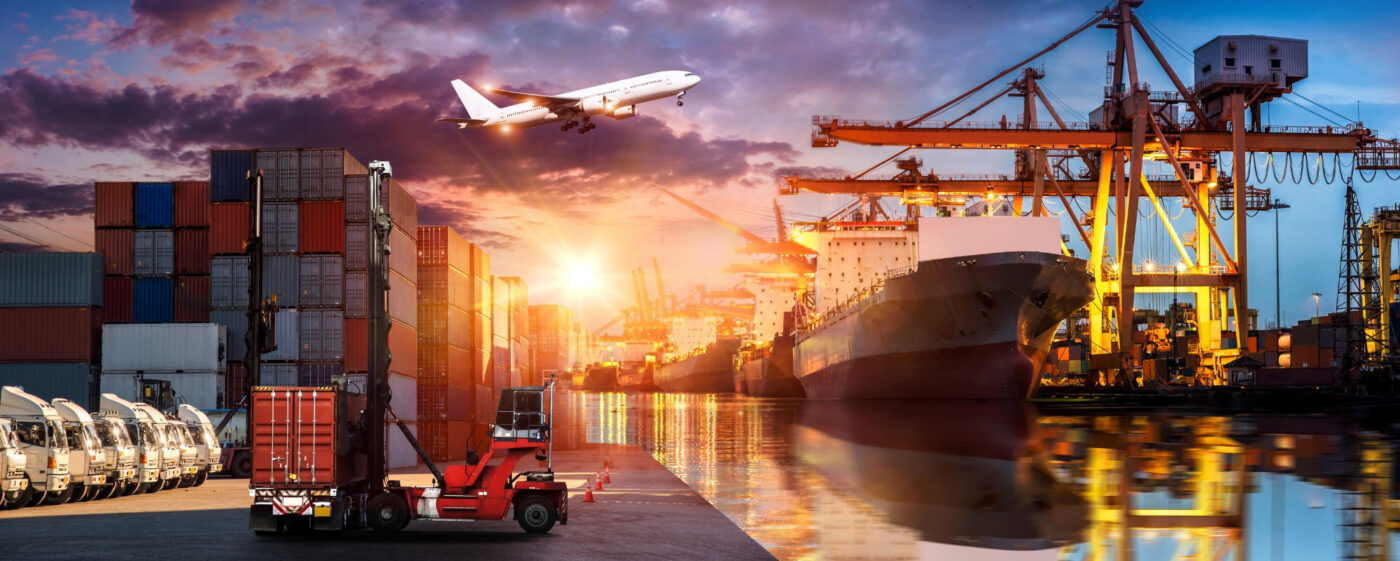According to Vietnam’s Ministry of Industry and Trade, the Regional Comprehensive Economic Partnership (RCEP) will enter into force on January 1, 2022.
The RCEP expands on ASEAN’s free trade agreements, fostering economic integration and influencing future trade policy.
As a signatory to multiple trade accords, Vietnam’s participation in the RCEP will help it further eliminate trade barriers and boost market access for its commodities.
According to the Ministry of Industry and Trade, the Regional Comprehensive Economic Partnership (RCEP) agreement will enter into force on January 1, 2022. (MoIT). It comes as Australia and New Zealand have become the most recent members to ratify the agreement. Brunei, Cambodia, Laos, Singapore, Thailand, Vietnam, China, and Japan are among the nations that have ratified the RCEP.
Prior to that, on November 15, 2020, 15 nations signed the RCEP, including all ASEAN members, Australia, China, Japan, South Korea, and New Zealand. The FTA is widely considered as the world’s largest trading bloc. The agreement had been in the works for more than eight years when it was virtually signed at the ASEAN Summit. The RCEP keeps the door open for India, which pulled out of the trade accord amid agriculture tariff issues.
China has signed a number of bilateral trade agreements, but this is the first time it has joined a regional multilateral trade agreement.
The RCEP, like the EU-Vietnam free trade agreement (EVFTA), the UK-Vietnam free trade agreement (UKVFTA), and the Comprehensive and Progressive Agreement for Trans-Pacific Partnership (CPTPP), will lower tariffs, establish trade rules, and help link supply chains, especially as governments grapple with the effects of COVID-19. Although several provisions of the FTA have yet to be finalized, it is likely to include all sectors of business, including trade, services, e-commerce, telecommunications, and copyright. Within the next 20 years, tariffs are likely to be decreased.
The RCEP establishes the tone for future ASEAN trade. It will build on earlier ASEAN trade accords while also introducing new trade arrangements with nations like Japan and South Korea. Within ASEAN, commerce may be insignificant in this situation.

Key figures from the RCEP
The RCEP covers a market of 2.3 billion people with a global output of $26.2 trillion dollars. This region is home to over 30% of the world’s population and over a quarter of global exports.
The RCEP, like several of Vietnam’s FTAs, is a modern trade agreement that takes into account countries of various sizes, populations, and GDP. According to World Bank documents, nations participating in the RCEP will enjoy a 1.5 percent gain in GDP. Economists estimate that the agreement will boost the world economy by about $200 billion by 2030. Still, it is crucial to emphasize that the benefits of the RCEP will take years to appear, and it may not be as big for Vietnam as the CPTPP and EVFTA.
Vietnam’s Prospects
The RCEP was signed during Vietnam’s hosting of the ASEAN Summit. IT, footwear, agriculture, autos, and telecommunications are among the primary export categories expected to profit in Vietnam, according to Fitch Solutions. The FTA would give Vietnam access to consumer markets that are twice as large as those covered by the CPTPP.
The RCEP can assist local enterprises in increasing exports and attracting high-quality items for Vietnam’s consumers as the country strives to become a high-tech producer. Vietnam will also profit from increased demand for its exports, such as agriculture and fisheries goods.
Furthermore, by simplifying procedures such as customs and rules of origin, more SMEs will be able to participate. The RCEP gives tremendous opportunity for Vietnamese SMEs to grow up the value chain, as SMEs account for 98 percent of all firms in Vietnam and contribute 40 percent of GDP.
The Regional Comprehensive Economic Partnership (RCEP) is good news for investors in ASEAN, China, and other regions. Streamlined customs procedures, a unified rule of origin, and enhanced market access will enable investing in several locations a far more practical and appealing investment strategy, bringing “China + 1” business models to the forefront. The unified rule of origin will reduce costs for enterprises with cross-Asian supply chain network and may inspire multinationals to create supply chains throughout the bloc, boosting global value chain activities in the region.

Origins rules
Guidelines on origin rules could potentially have a big impact. For example, as we’ve shown in earlier articles, rules of origin can be complicated and require thorough analysis to qualify for preferential tariffs in nations where rules of origin are already regulated.
However, the RCEP makes this easier. All member nations would be treated equally under the FTA, which would encourage investors to seek out suppliers within the trade bloc. Previously, a product created in Vietnam but including parts from South Korea would have faced duties elsewhere in the ASEAN free trade zone, but now that the RCEP is in place, the product would be eligible to meet rules of origin standards.
Vietnam stands to benefit and enjoy preferential tariffs because it sources a substantial share of its production inputs from countries like China and South Korea, which were previously not members of trade pacts. All RCEP countries would be covered by a single rule of origin document.
As a result, the RCEP should assist in lowering manufacturing costs and making life easier for businesses by allowing them to export products to any country within the bloc without having to meet separate regulations for each country.
Analysts have cautioned, however, that if the RCEP is implemented, Vietnamese enterprises will face competition both domestically and for export markets.
Getting ready for January 2022.
Investors interested in taking advantage of Asian manufacturing should read the FTA text thoroughly to understand about the benefits. Manufacturers in more developed nations, such as China, South Korea, and Japan, can look for ways to cut costs by outsourcing final processing to ASEAN countries that are less developed. This will also aid in the transfer of know-how technology to enable less developed countries get their operations up to speed by leveling the playing field.

